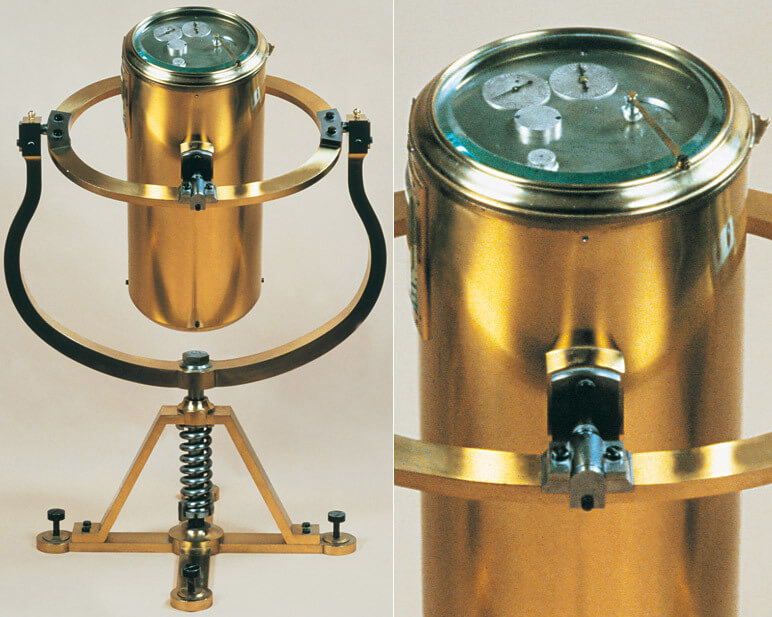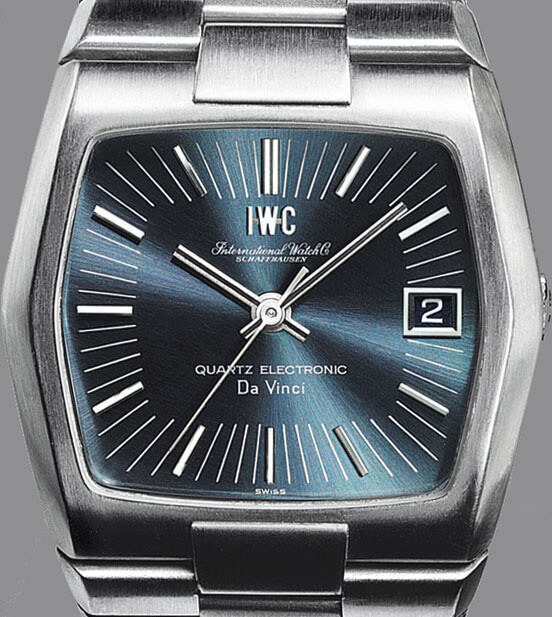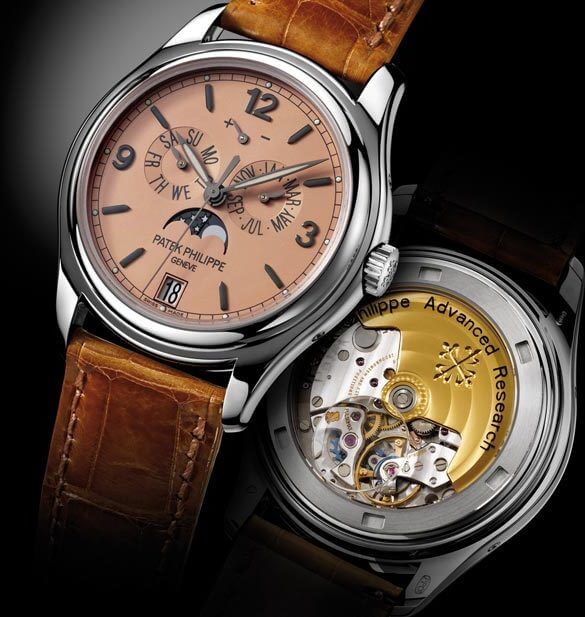Let’s not forget that chronometry as we know it is the work of French and English watchmakers in the 18th century, encouraged by their governments in a competition to make the first timekeeper that could be transported on a ship so that longitude could be calculated. The conquest of the oceans was at stake.
In this quest for precision, several natural phenomena need to be taken into account so that the correct functioning of the timekeeper is not affected. First, thermal variations are likely to modify the balance/spring pair, making it run faster when it is hot and slowing it down when it is cold. Next, the movements of the wrist can cause sudden accelerations or slowdowns of the balance. Altitude and latitude are also to be taken into consideration since gravitational force changes according to geographic position with an effect on the friction of the balance pivots. Oil degradation is the last inescapable factor. As it ages, oil dries out, particularly around the escapement and this will make the watch run faster. These elements are certainly not insurmountable but require precise calibration by the watchmaker.













